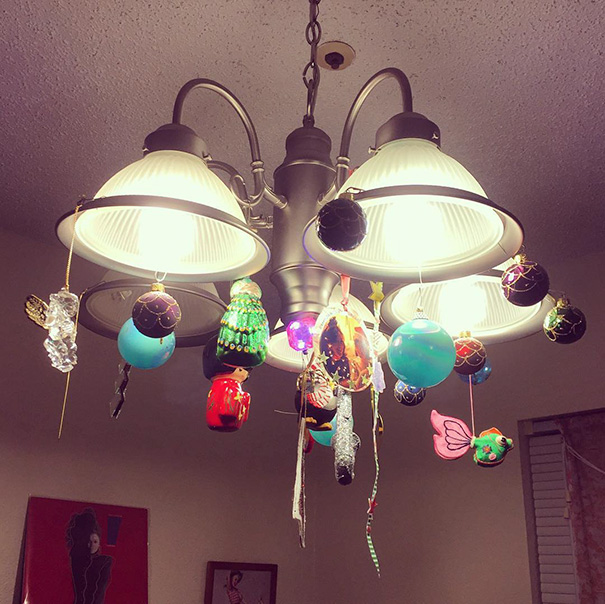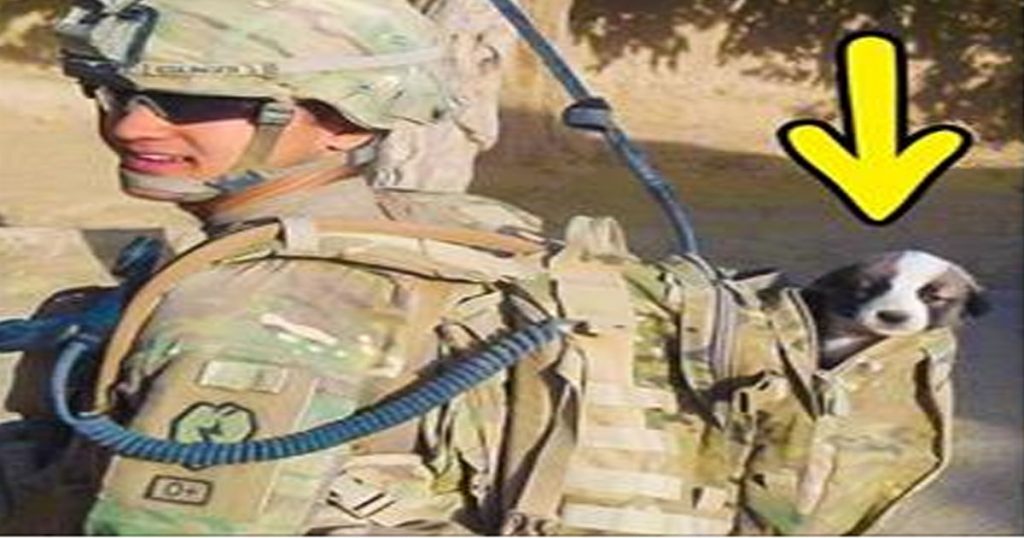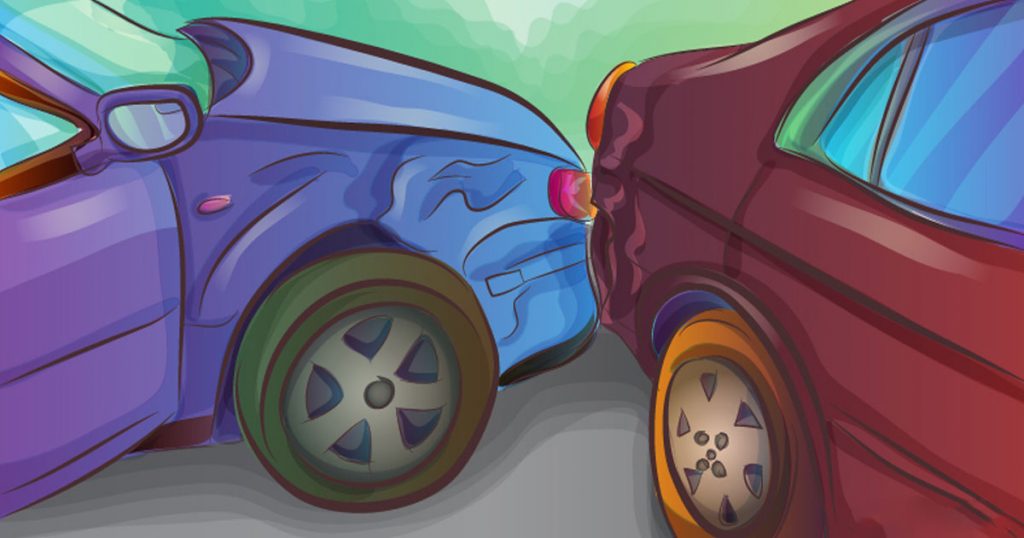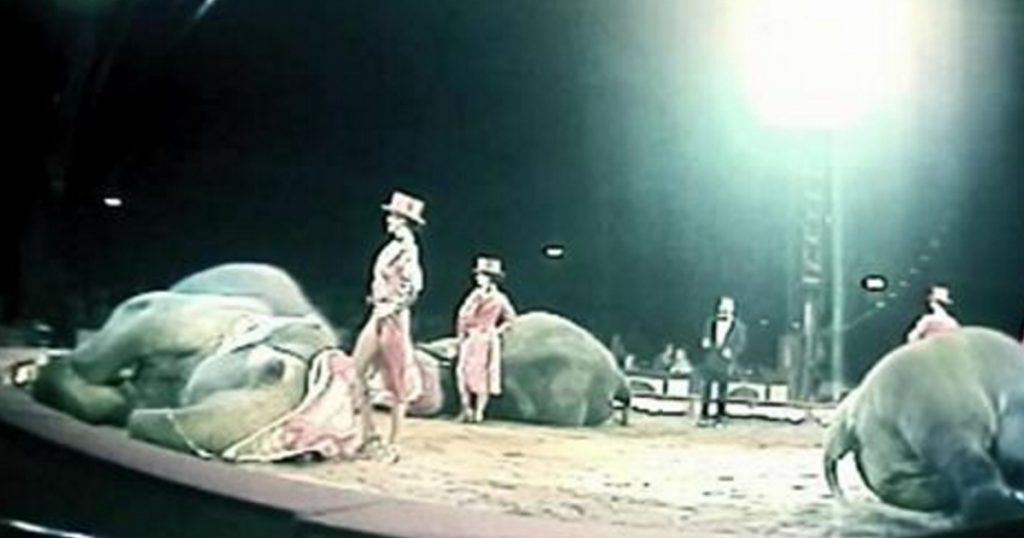Photographer Lennart Nilsson spent 10 years of his life recording the growth of the human embryo, from conception to birth.
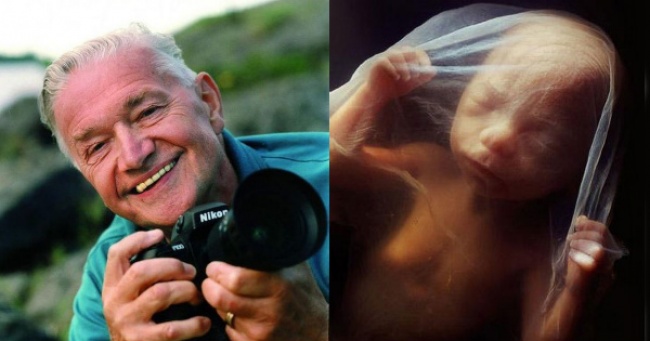
The world first heard of Lennart Nilsson in 1965, when LIFE magazine published 16 pages of his photographs of human embryos. The shots were immediately reproduced in ’Stern’, ’Paris Match’, ’The Sunday Times’, and other publications. Microscopes and the cameras were Nilsson’s main passion even in childhood. In time, the ambition formed to show the world the beauty of the human body at the micro level. He managed to take his first photos of a foetus already in 1957, but they weren’t good enough to publish.
Nilsson managed to get his most precise shots with the help of a cystoscope — a medical instrument which is used to examine the inside of the urinary bladder. He attached a camera together with a tiny light to it, and took thousands of photos recording the life of the embryo in its mother’s womb.
Nilsson produced something truly marvellous: for the first time, people were able to see with their own eyes the conception and earliest development of human life.
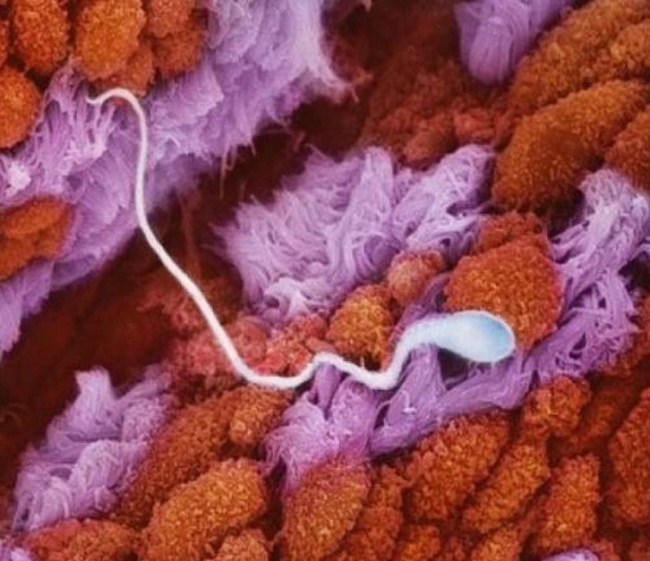
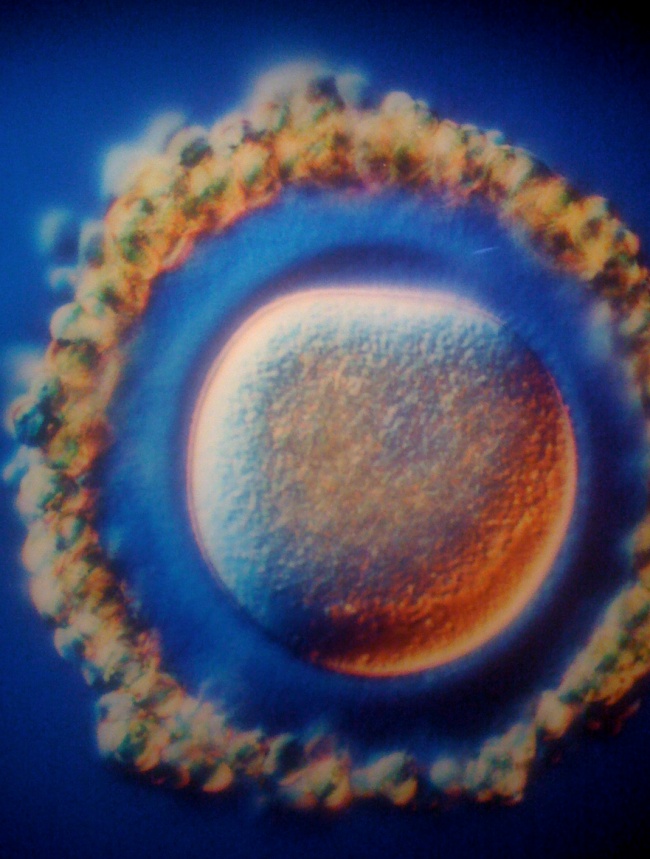
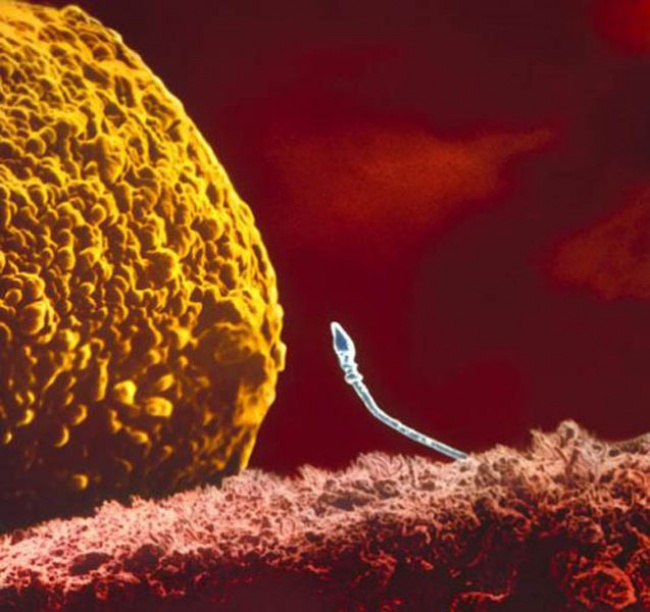
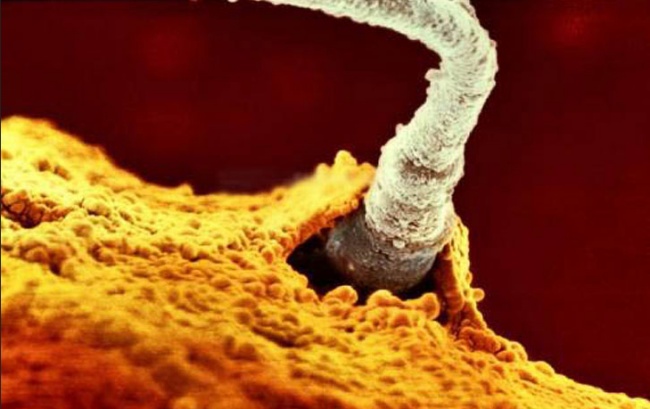



















36 weeks. In a month, the baby will be born.
Nilsson’s book, ’A Child is Born’, was published in 1965. It sold out in just a few days and has been republished many times, becoming one of the most popular photography books of all time.
Lennart Nillson is now 91. He’s still interested in science and photography.


